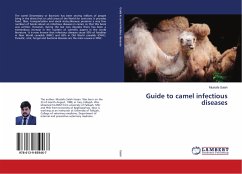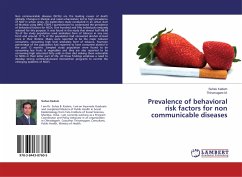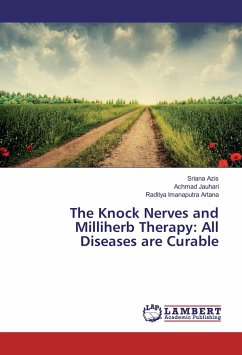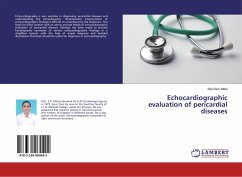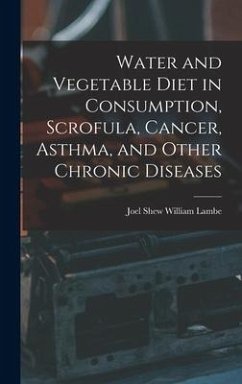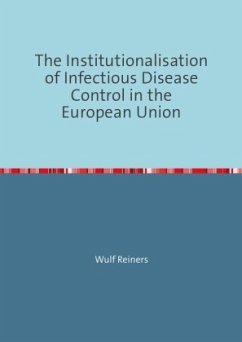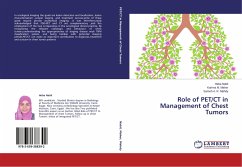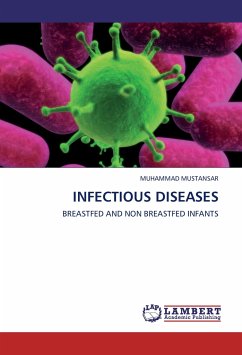
INFECTIOUS DISEASES
BREASTFED AND NON BREASTFED INFANTS
Versandkostenfrei!
Versandfertig in 6-10 Tagen
32,99 €
inkl. MwSt.

PAYBACK Punkte
16 °P sammeln!
One hundred cases were studied. Low education level of parents especially mothers, and tendency towards home deliveries 41% were observed. The male infants are brought to the hospital more frequently 65%. Prelacteal feeds are given to 87% of infants and mother's milk is offered only to 13% of infants. Due to lack of optimum breastfeeding & recurrent attacks of diarrhea lead to malnutrition, which was observed in 75% of infants. In the present study non-breastfed infants were four times more admitted in the hospital for the management of ailment as compared to the breastfed infants. In the pres...
One hundred cases were studied. Low education level of parents especially mothers, and tendency towards home deliveries 41% were observed. The male infants are brought to the hospital more frequently 65%. Prelacteal feeds are given to 87% of infants and mother's milk is offered only to 13% of infants. Due to lack of optimum breastfeeding & recurrent attacks of diarrhea lead to malnutrition, which was observed in 75% of infants. In the present study non-breastfed infants were four times more admitted in the hospital for the management of ailment as compared to the breastfed infants. In the present study breastfeeding was 43% at 3 months and 20% at six months. In the present study of 100 infants, acute diarrhea was 6% in breastfed and 21% in non breastfed infants, chest infection 6% breastfed and 9% in non breastfed infants, SOM with complication 1% in breastfed and 3% non-breastfed infants, persistent diarrhea 1% in breastfed and 30% in non breastfed infants, septicemia 1% in breastfed and 13% in non breastfed infants. These results show that the resistance to infectious diseases is more in breastfed infants



